Almaty: The Big Apple
- Ian Rosenberg

- Jun 16
- 7 min read
Is Kazakhstan really just the Iron-Curtain version of America? Sounds a little goofy but let me convince you in these posts that there’s a lot more familiar about Kazakhstan than Borat may lead you to believe.
Almaty is the largest, most important city in Kazakhstan, but is not the capital. Their capital, just like the US, was planned, placed strategically. Unlike New York, though, Almaty is not the towering, imposing, megacity. Despite that, Almaty is nicknamed “The Big Apple,” alluding to the fact that apples are native to Kazakhstan. All over the city you’ll find big and small statues of apples, which I found funny.
Almaty is built in the style of “we have so much land we have no idea what to do with it,” I’ll say. Almaty is huge. Like Tokyo, a walk that may look short on a normal city scale may be 45 minutes easily. But unlike Tokyo, you never feel like you’re in a city. Even the city center feels more like a suburban strip mall than it does the bustling center of Kazakhstan’s largest city. The roads are wide, traffic rules are followed, and yet, there’s still a decent amount of traffic. Whereas many of the places we’ve visited so far hardly had room for one car in a lane, the traffic lanes here in Almaty could easily fit a car and a half.
Many of the buildings, especially important buildings, are built in a grand Soviet style. They’ve got rough edges, sharp corners, odd geometric shapes, and an abstraction of cultural norms. Let’s look at the Central State Museum of Kazakhstan, for example. It looks like a mosque from the outside. Kazakhstan is, after all, historically a Muslim country. Many wear hijabs, every village has a mosque, and many people have Muslim names. But the building isn’t a mosque and certainly wouldn’t be recognized as one. First, it lacks a minaret. But interestingly, I’ve noticed many mosques around the country, perhaps all but the Grand Mosque in Almaty, missing minarets, so I’ll ignore that point. Really what makes it look not like a mosque is its angular, geometric oddness. Whereas mosques in this region have arching domes with perfect spherical tops, this dome is made from two levels of flat metal sheets, tacked together at angles to give the illusion of a dome. Everywhere you’d expect roundness from a mosque—in the dome, in the pillars, in the windows—you see angles instead. This is clear, peak Soviet style. And though it seems odd at first, when the whole city is this way, it works. It gives this feel that you’re in a city behind the Iron Curtain. That you’re in a metropolis, a big city filled with cultures, expats, history, and significance, but its history, its cultures and expats aren’t those you’re used to. Immigrants come from Turkey, the other stans, and from other regions of Central Asia. For this reason, you’ll see people of all sorts of ethnicities, some of which you may have heard of, and some, probably not. There’s a decent number of immigrants from Eastern Europe and Russia as well, which means that us, as just white tourists, were often mistaken for Russian tourists.

To add to my comparison of Kazakhstan as “the US of the Iron Curtain,” I should certainly note that Kazakhstan is a cashless society. Even for purchases of a dollar or less, they prefer card. Really, everyone in Kazakhstan uses the Kaspi QR code—a QR code you scan, which you can directly bank transfer to the business—but it doesn’t work for foreigners. But everywhere also had one of those mobile card readers that we could pay with. Zack and I had to try to use the $100 of cash we took out, and ended up exchanging the last $20 for Kyrgyz currency.
Even in the small town we stopped at for lunch on our road trip (more on that in the next post) they really didn’t want us to use our cash. They had to run to the store next door to be able to give us change.
Anyways, onto what we did in Almaty.
The first thing we did after arriving from Singapore was head for dinner. We got a recommendation from someone on our flight to head to Navat—a Kazakh chain serving traditional food for a good price. The restaurant was quite fancy, but, as promised, the prices were great, as was the food.
After arriving at the table, we were served two shots of qymyz: fermented horse milk. This is the same stuff I drank in Mongolia, and immediately after trying a sip, it brought back all the memories from my time there. I had begun comparing things to Mongolia pretty early on—the buildings, the landscapes, even the shower in the hostel being the same. It really felt very similar, but more developed, a bit richer, and significantly more multicultural. But the landscapes, the food, even the tint on houses’ windows were the same. We ordered a few classic Kazakh, Central Asian, and Russian dishes. First was borsuk: fried dough balls. This was a pretty good appetizer. We also had okroskhka, which is one of those thick, milky Russian soups that people tend to make fun of when they take stabs at Russian cuisine. The soup had a few vegetables and some meat chunks in it, and an absurd amount of dill was mixed in. The soup was served cold. The milkiness and oddness of the ingredients took us by surprise (in a bad way) but we did appreciate that all the dill made the soup significantly more palatable.
Our next plate was the staple dish of Kazakhstan: beshbarmak. All it is is horse meat and noodles, but both of these are done in the most Central Asian way possible. The horse meat came both ground and in horse sausages. The ground meat wasn’t too bad, the taste is certainly not beef but I could stomach it. But the horse sausage made me gag as soon as I put it in my mouth. It’s thinly cut strips of sausage, each with a small amount of casing around. The sausage has two halves: the meat part and the fat part. I separated the sausage because it was too big to have in a single bite anyways. I ignored the fat and the casing and focused just on the meat. But I just couldn’t handle the smooth texture and mushy consistency of it. I have not had horse sausage since. Meanwhile, the noodles were made with some sort of fermented sour milk, giving the noodles a sour taste as well. At this point, I started to hope that not all the food I’d be having for the next month was going to be this sour and adventurous. Luckily, I was significantly wrong.
Our final dish is another staple of Central Asia: Plov. This is just the Turkic word for pilaf, spiced and oily rice with meat. I enjoyed the plov significantly more than the beshbarmak—it’s hearty, spiced well, and the meat is usually a better cut and not horse.
We ended up eating at Navat a second time in Almaty, but I’ll talk about those dishes in other posts so I’ll skip over that for now.
Our first full day, we headed straight to the Kazakh state museum: that building I was describing as the Soviet-style Islamic architecture. Much of the museum was about the ancient things in Kazakhstan, but there was a decent bit about the modern history of Kazakhstan during and post USSR.
It seems to me that Kazakhstan was kind of the USSR’s golden child. And by Kazakhstan, I mean the land and the resources, not the cultures. There were significant engineered famines and efforts to delete the Kazakhs throughout history, but the pure existence of Kazakhstan was seen as central to the USSR’s efforts. Nine of every 10 bullets shot in World War II by the Russians were manufactured in Kazakhstan. The space program and the nuclear weapons test site were both in Kazakhstan. Kazakhstan produced a significant amount of the USSR’s petroleum.
The museum also showcased the modern history of Kazakhstan in quite a funny way (to a foreigner). They had this first president, Nursultan Nazarbayev, who, let’s say, wasn’t a huge fan of democracy or free and fair elections. He’s the kind of guy to build a new capital and name it after him. The list of historical events they had on display was comedic to say the least… I’ll let you read it for yourself.

We next explored the glorious world of the Soviet public transit philosophy. The Soviets saw public transit as a locale to showcase art. Bus stops and metro stations are genuinely beautiful. So as we headed over to some of the religious sites we had on our list for the afternoon, we stopped to appreciate the architecture around us down deep, deep below ground. (The escalator to get to the platform was amazingly long). The metro in Tashkent is supposed to be like this on steroids, so I’m really excited for that!
In the afternoon, we visited the Orthodox Cathedral, the park that cathedral was in, and the Grand Mosque. The cathedral was so Russian in style: the outside was painted in a dozen light pastel colors, domes led to golden tops with crosses perched on top, and lights were strung all around to light it up at night and in the winter. The inside was incredibly ornate, covered in gold leaf and paintings of Jesus, prophets, saints, and scenes from the Bible.

The park had a Soviet-style World War II and Russian Civil War memorial, with that distinct angular, abstract style of Soviet sculpture.
Despite all the Soviet influence all around, the Grand Mosque was undeniably Turkic in style, nearly untouched by the hands of Soviet architects. Its grand open face looks like something straight out of the center of Samarkand, Uzbekistan, and certainly not what I was expecting in the very Russian city of Almaty. As most mosques are, it was decorated with a massive, intricate rug, as well as calligraphy, stained glass, and geometric architecture. It was cool to be able to go inside an active, non-tourist mosque, as all the other Muslim places I’d been previously either didn’t allow non-Muslims into the mosque, or the mosque was built specifically for tourism.

We spent the next few days enjoying the cosmopolitan mix of Turkic and Slavic influences around this mixed city. This included having Georgian food, going to a soccer game, going to a hill-top amusement park, visiting the bazaar and shopping for dried and fresh fruits, wandering around the amazingly confusing First President Park, and visiting a park with sculptures of Lenin and other less-prominent Soviet and Kazakh figures.
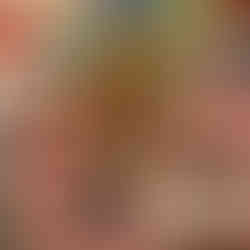


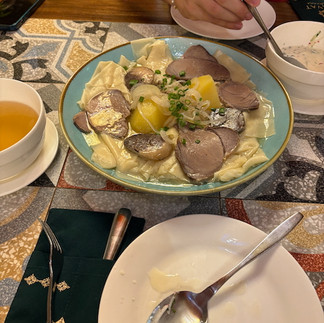
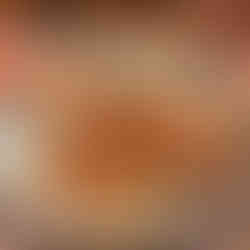

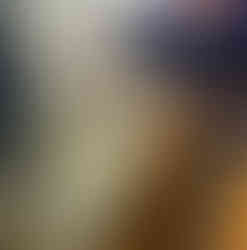

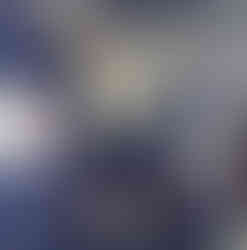



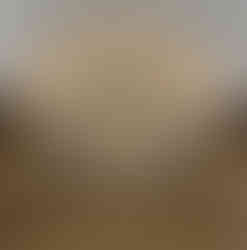

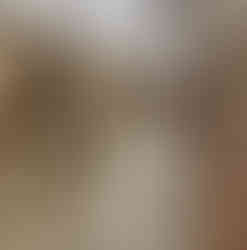


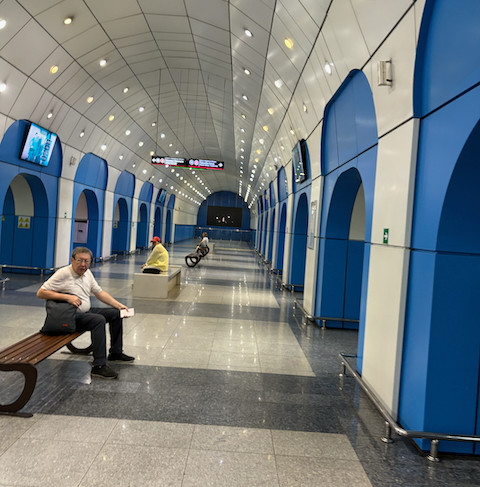
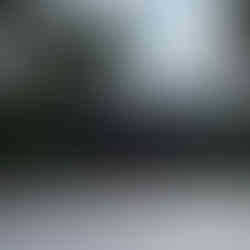

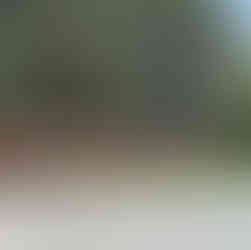

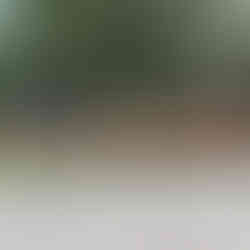

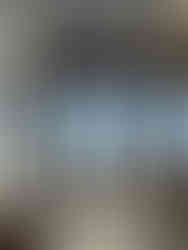

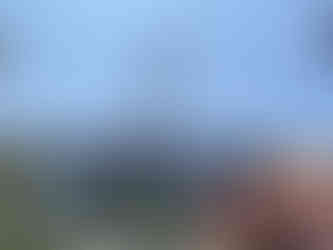

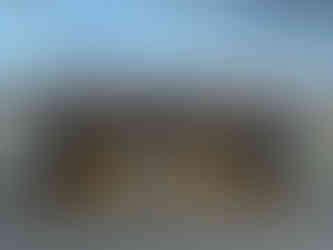



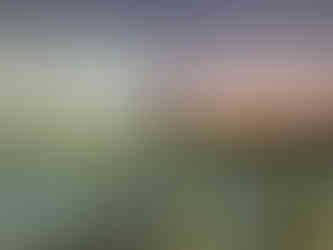




Comments